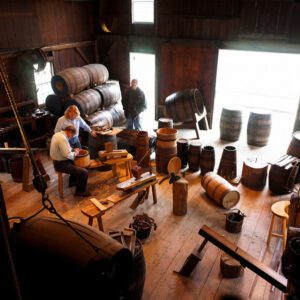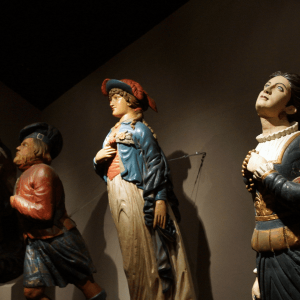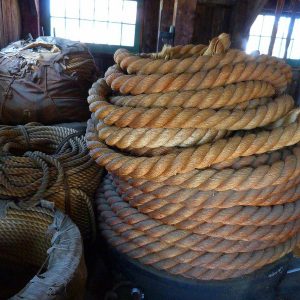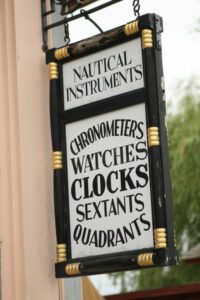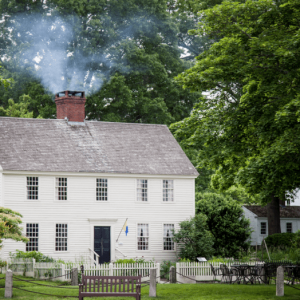
Mystic, Connecticut
Dependent Upon Each Other: Life in a 19th Century Seaside Village
Villages along the eastern USA seaboard were dependent upon the sea – for both food and employment as much as they were dependent upon each other for survival. “It takes a village” is true in many respects when it comes to life in the early years of America. No single person can be a specialist in the many different areas it takes to live successfully along the seaside. A jack-of-all-trades would have to know how to build a ship, sew the sails, make the rope, process the catch, cook the catch, tend the children, grow the crops, and heal the sick.
In the seaside town of Mystic, Connecticut, their Seaport Village has rescued, refurbished, and created a way to experience life in an 1800s seaport village. Most of the buildings are originals – rescued and moved there before they might be lost to the world. A visit to Seaport Village transports you back in time and makes you appreciate the ease of our current lifestyles. Need a rope? Run to the hardware store. Need to know how to find your way back to shore? Open “Maps” on Google. Life is much different nowadays, and living history museums like this are an important educational tool for visitors of all ages.
The village is filled with trade shops, businesses, and homes from the 1800s including four wooden sailing ships you can get aboard and experience what life must have been like for those working the sea. Just some of the over 40 buildings in the village include:
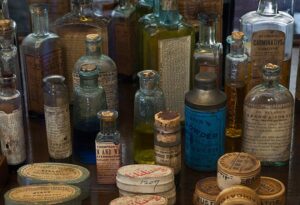
Doctor and pharmacist
The pharmacist was important in any 19th-century community, but especially so in a seaport because he supplied the medicines and medical supplies used on ships at sea. Few ships could afford to have a doctor aboard and the responsibility for treating the crew often fell on the captain. The village pharmacist was kept busy stocking and furnishing ships and townsfolk with goods for their medicine cabinets.
What is a Cooper?
Many people who do genealogy may find a “cooper” listed under employment for one of their ancestors. Once a common form of employment, the cooper was someone who made wood barrels or casks. These casks were an essential element in life both at sea and on shore. Aboard ship they held provisions and cargo. Different types of barrels were made for different purposes. Some had to be water-tight to contain liquids such as spirits, molasses, or whale oil, while others could be made “slack” for dry goods such as flour and dried cod. A cooper was a regular member of a whaling ship’s crew. His responsibility was to assemble pre-made casks as they were needed to hold the valuable whale oil, and he was held responsible for leakage as well as accuracy of measure.
Ship Carver
Figureheads and other carvings decorated the wooden ships sailing the seas of the 19th century. Was their purpose purely ornamental? Not necessarily. The carvings were a source of pride for the ship owner, but also a form of marketing. Commercial ships were required to have a name, and the carvings used on the ship often reflected that name. The name needed to be memorable so shipping customers would remember and recognize that ship in port. Similar to a hood ornament on a car, it is a symbol used to represent and market the ship. Carvers were the artisans who created these works of art. In Mystic alone there were up to six shipyards on the river, with one local carver serving them all. In addition to ship carvings, the carpenter often had other jobs around town as well such as carving mantle pieces or ornate fencing for homes.
Sailmaker
Anyone who sews knows how important having a clean,flat work surface can be. Imagine attempting to sew something the size of a ship’s sail. Many sailmakers were their own pattern makers as well, having to measure the masts and create a scaled down paper pattern before committing to the cloth. One mismeasurement could be a very expensive mistake. An expansive floor area was required to lay out and work their patterns and cloth. In order to have as much working space as possible, even the stove was suspended from the ceiling rather than have it sit on the floor. Now that’s Yankee ingenuity!
See how rope was made: https://www.mysticseaport.org/explore/village/ropewalk/
Nautical Instruments Shop
Of prime importance to any ship heading out to sea was the ability to get back home. Knowing where you were in the days prior to GPS, fell to the instruments like the sextant available in this shop. The precision tool was often created by someone who also built clocks. Using your geometry class knowledge, you can triangulate your position while at sea based upon the angle of the North Star in the sky. Visit the Nautical Instruments shop and learn how these prized possessions work and how they were used.
Vintage Homesteads
Among the different village shops, you will also find several different period homes. The oldest on site is the Buckingham-Hall House moved here from nearby Saybrook. It was scheduled to be demolished with the building of a new bridge and happily found a new home here. Walk inside and be treated to seeing what it was like to be a cook with only an open faced fireplace as your heat source. Nice and cozy during the winter months, the hearth and cook worked hard to feed the family. How many creative ways can one find to cook up dried salted cod fish?
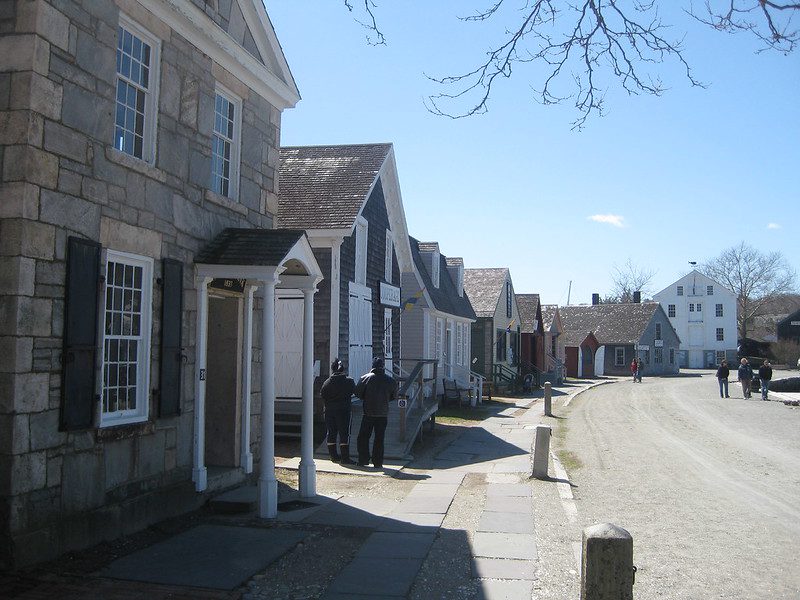
Read more about Mystic Seaport Village
Visit Mystic while exploring the Connecticut shoreline aboard the Sea Lion on the New York City to Cape Cod Cruise:

